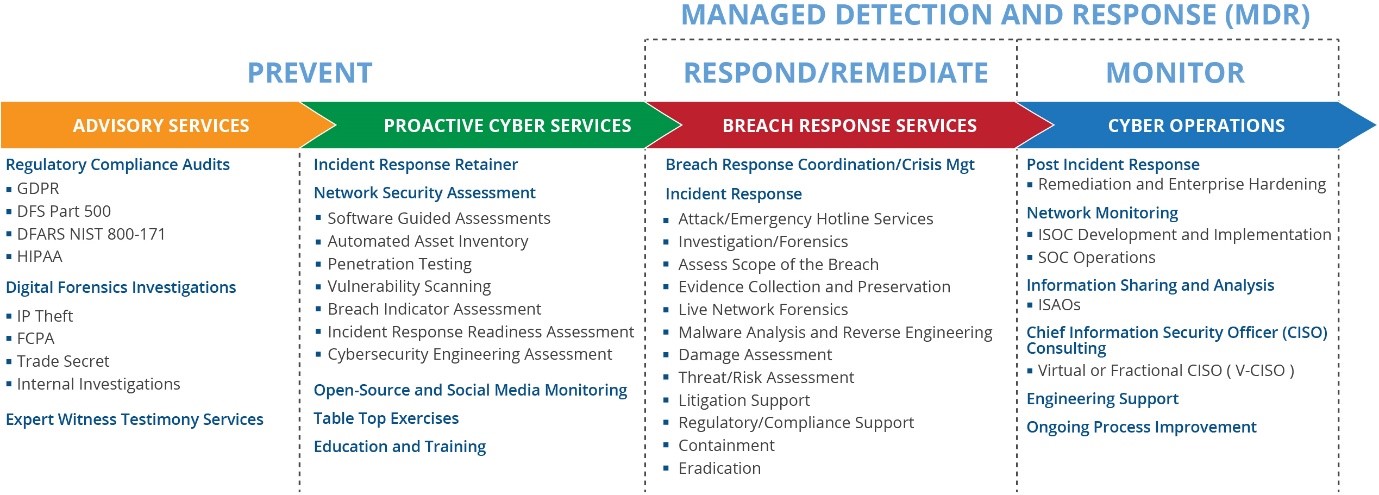Cyber Management Course (Ma) – Module 7
Management to-do Risk assessment and external assessments – Insurance
Ken Munro, an external cyber expert stated:
“A small number of shipping insurers are starting to cover cyber related incidents. This is a very brave move in my experience. I gave numerous lectures in and around the Lloyds building in the early days of conventional cyber liability insurance. Cover was being offered with no understanding of the risks involved. Premiums were not appropriate and many underwriters were burned with sizeable losses around data breaches, particularly where punitive mandatory notification, credit monitoring and class actions occurred.”
It is strongly advised operators investigate a specific cyber liability insurance policy for their business operations. Typically, these policies address loss cases such as CEO/invoice fraud, online banking fraud, data loss and business interruption in the case of a hacking incident.
A ‘cyber’ policy is usually constructed to specifically deal with these scenarios, though you may be required to demonstrate a certain level of cyber security maturity and process in order to obtain cover at an acceptable premium.

